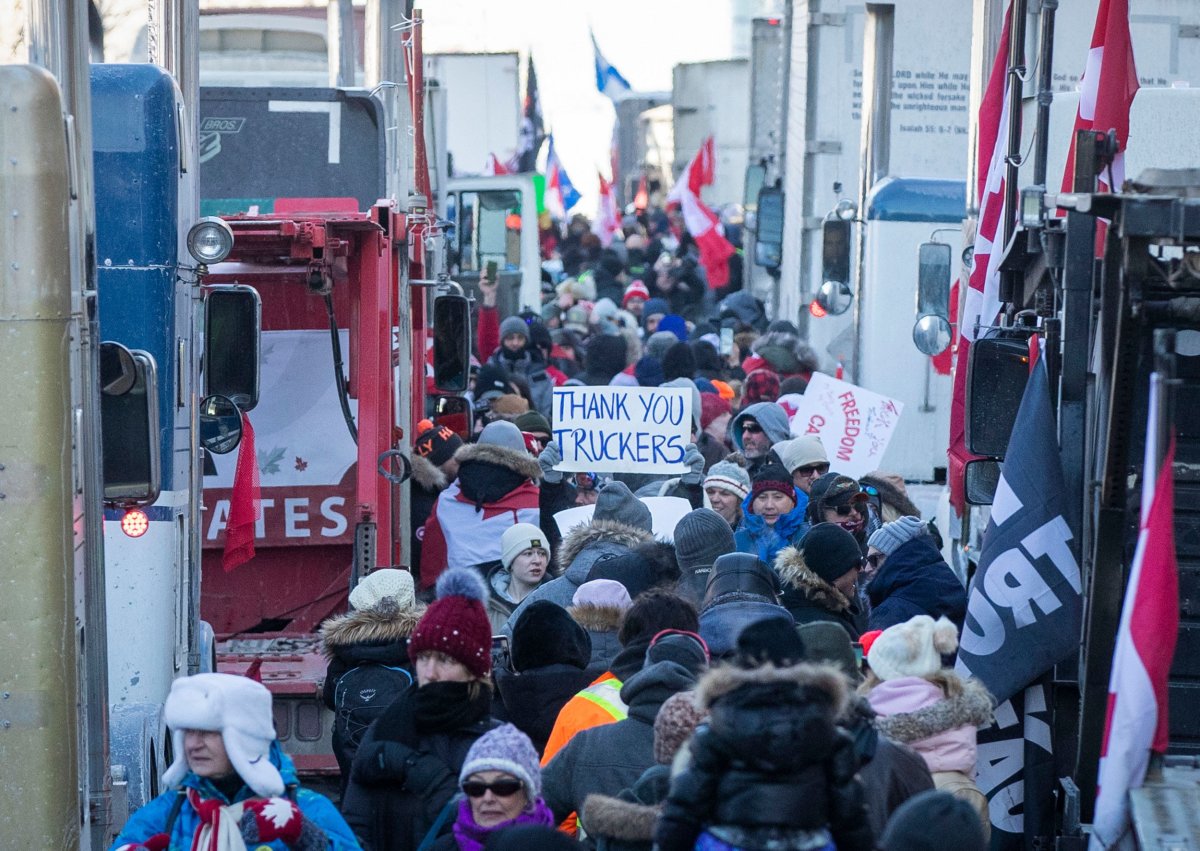New data shows that Americans living in four key states are suffering the highest prevalence of COVID-19 infections in the country, according to the Centers for Disease Control and Prevention (CDC).
Each week, the CDC produces a map of the U.S. showing the rates of people testing positive for COVID-19 after taking a test. The percentage of positive cases are subsequently calculated and shown on a map. Results are no longer provided for individual states, but are instead recorded as an average across various administrative regions.
The results come as winter tightens its grip across the country. Colder weather tends to lead to an increased spread in viruses and other infections, as immunity is lower. One 2020 study found the COVID-19 virus itself could remain active for longer in cold, dry conditions.

Region Seven—an administrative area consisting of Iowa, Missouri, Kansas, and Nebraska—is once again at the top of this chart as it has the highest proportion of COVID-19 diagnoses following testing. That region saw the most cases out of the entire U.S. in last week's figures, too.
Published on Monday, but relating to the week through December 2, the latest results show that 16.7 percent of tests proved positive, out of 6,541 tests taken. Those figures are up 0.3 percent on the previous week's.

Last week, administrative area 5 (Ohio, Indiana, Illinois, Michigan, Wisconsin, Minnesota) and 8 (the Dakotas, Montana, Wyoming, Utah, Colorado) all saw COVID-19 diagnoses in between 10 percent and 14.9 percent of tests. Those regions saw similar figures this week.
However, the two areas have now been joined by another pair of administrative regions recording that percentage range of positive tests. That means yet more states that are experiencing higher COVID-19 results have been added to the map.
Administrative area 1 (Connecticut, Maine, Massachusetts, New Hampshire, Rhode Island, Vermont) and 3 (Delaware, District of Columbia, Maryland, Pennsylvania, Virginia, West Virginia) are now also recording percentages of between 10 percent and 14.9 percent of tests confirming COVID-19 cases. In the previous week's figures, all those states had between a 5 percent and 9.9 percent positive-test result rating.
A CDC spokesperson previously told Newsweek that fall marks the "typical start of the respiratory virus season" and said hospitalization rates "could increase" heading into the winter months.
Localized rises of COVID-19 cases through the summer prompted some private institutions, hospital operators and colleges in the U.S. to reintroduce the requirements for staff or visitors to wear masks while at their sites. Many of the institutions have since relaxed their mask mandates, although some hospitals in New Jersey later brought them back in response to infection rates.
Uncommon Knowledge
Newsweek is committed to challenging conventional wisdom and finding connections in the search for common ground.
Newsweek is committed to challenging conventional wisdom and finding connections in the search for common ground.
About the writer
Get in touch with Chloe Mayer by emailing c.mayer@newsweek.com
To read how Newsweek uses AI as a newsroom tool, Click here.








